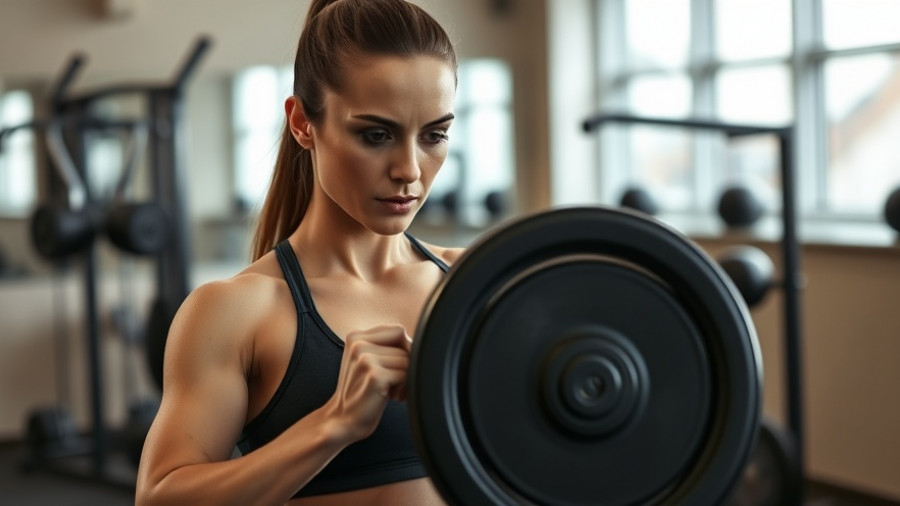
The Future of Pain Management: A Breakthrough in Non-Opioid Treatments
Pain relief has long been a contentious issue, especially amidst the rising opioid crisis. A new experimental compound, SBI-810, developed by the Duke University School of Medicine, could redefine this landscape by offering non-opioid pain relief that circumvents the euphoric effects associated with narcotics.
Understanding SBI-810: How It Works
SBI-810 operates by precisely targeting the neurotensin receptor 1 (NTSR1) found on sensory neurons. Unlike traditional opioids that activate multiple pathways and lead to unwanted side effects, SBI-810 employs a focused method known as biased agonism. This innovative approach effectively blocks pain at its source by activating only the beneficial pain-relief pathways while avoiding others that can cause sensation loss or dependency.
Potential Impact on Public Health
With over 80,000 Americans succumbing to opioid-related overdoses annually, the need for alternatives is critical. Chronic pain is a persistent issue, affecting approximately one-third of the U.S. population. SBI-810 presents a promising solution for treating conditions like diabetic nerve pain and postoperative discomfort. Its ability to reduce pain without causing sedation or constipation offers a safer experience for patients.
Encouraging Results from Early Research
In mouse models, SBI-810 demonstrated superior efficacy compared to existing alternatives. It eased pain from various sources—surgical incisions, bone fractures, and nerve injuries—without leading to tolerance, a common downside of opioids. Additionally, in trials comparing it to oliceridine, a newer opioid, SBI-810 outperformed expectations with less distress shown in subjects.
Looking Ahead: The Next Steps for SBI-810
While SBI-810 is currently in early phases of development, there is hope for swift progression toward human trials. Researchers are optimistic that their findings will unlock new avenues in pain management and help mitigate the ongoing opioid crisis, providing patients with relief that doesn’t come at such a high risk of addiction.
Call to Action: Understanding the Future of Pain Relief
The innovative approach of SBI-810 signifies a leap in addressing pain management through non-opioid methods. As professionals in technology, healthcare, and fitness, staying informed about new developments in medical science can cultivate advanced practices and improve patient outcomes. Explore research on non-opioid treatments to further understand their implications and how they can adapt your practice or lifestyle.
 Add Row
Add Row  Add
Add 




Write A Comment